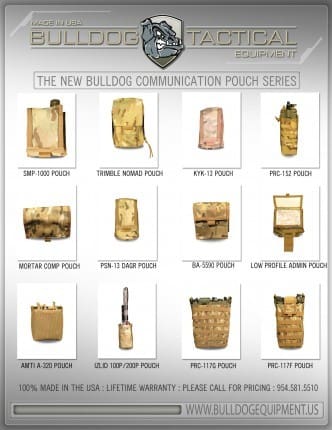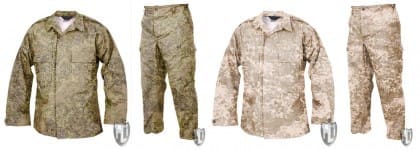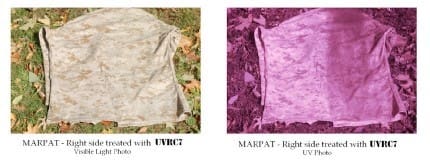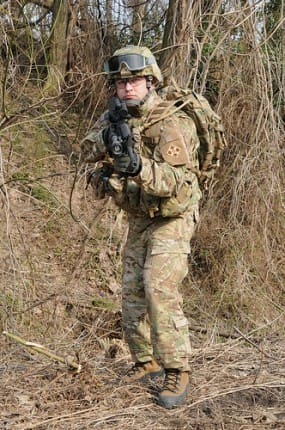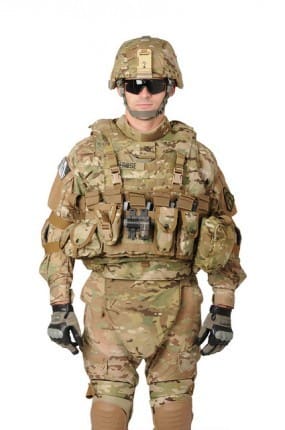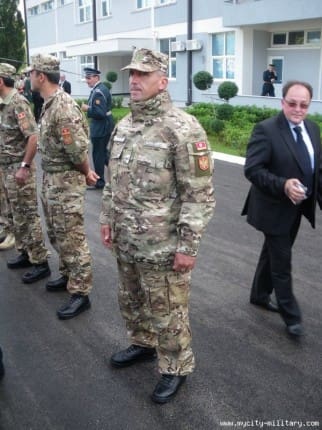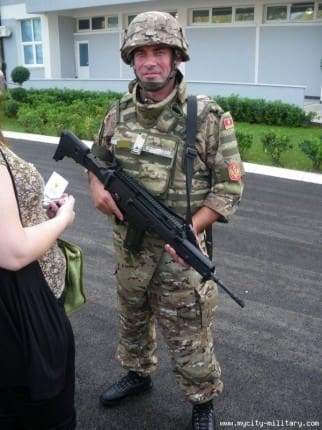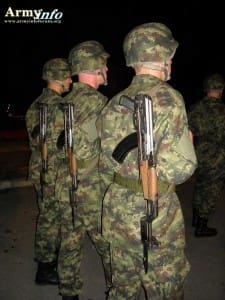We have mentioned the Army’s Camo program many times over the last year. The fielding of MultiCam (OCP) was not the end but rather a way station on the road to a more comprehensive signature management solution. As part of Phase IV, the Army will host an Industry Day on 9 December at the Army Research Lab in Adelphi, Maryland. Then, they will solicit industry for a family of camouflage patterns. These will be assessed and the Army hopes to choose a new camouflage solution by FY13.
The U.S. Army Product Manager, Soldier Clothing and Individual Equipment (PM-SCIE) and Natick Soldier Research Development and Engineering Center (NSRDEC) will be conducting a Camouflage Improvement industry day on 9 December 2010 (1000-1500, 0900 registration) at the Army Research Laboratory (ARL) in Adelphi, Maryland. The intent of this industry day is to allow the Army to open lines of communication as it relates to the sources sought that was released on 29 June 2010 (W911QYFAMILYOFCAMO), address areas of concern with current camouflage solutions, identify a path forward and timelines as they relate to potential camouflage changes, as well as clearly identify the process (i.e., testing, evaluation, etc.) that will be used in determining the solution that is in the best interest of the government.
The 29 June 2010 sources sought (W911QYFAMILYOFCAMO) was for a family of camouflage patterns. A family is considered to be of the same or similar geometry with coordinating color palettes to cross the global operating environments. Global operating environments are defined by a geographic classification system that subdivides the global landmasses into areas with similar environmental characteristics. Examples of these environments include but are not limited to: physiographic features such as arid and humid river plane, low and high relief mountains, plateau; land cover such as forest / full ground cover, shrub land / moderate ground cover, barren or sparse ground cover, cropland, snow and ice; and seasonal changes.
Interested organizations are asked to register prior to 24 November 2010. (See the actual solicitation for POC info.)
Subsequent to the close of this notice, the Government intends to solicit for and award multiple developmental contracts for the purposes of evaluating (via computer and field) a family of camouflage patterns. The developmental contracts will include a priced option for the Government to purchase the data rights to the family of camouflage patterns.
Visit FBO.gov for the full announcement.


